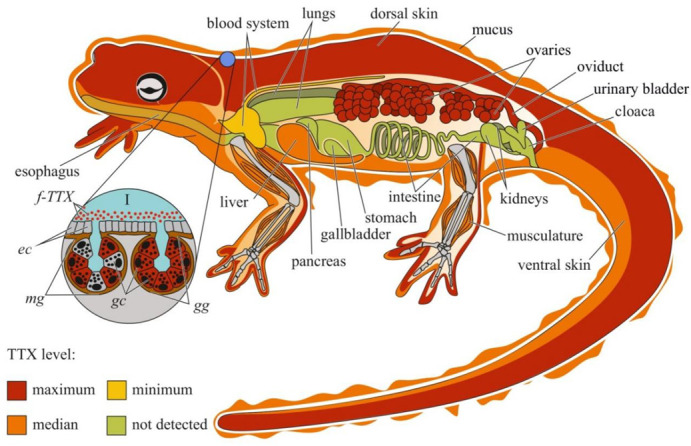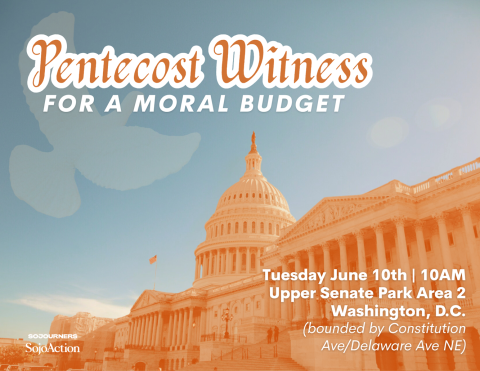From the beginning, we were clear that we weren't just looking to provide funding, we were looking to be a true partner sitting side by side with the McKeesport team to reimagine how the elementary school experience could be approached in a holistic way – one that serves the whole child, their family and the community.
Unfortunately, the current school board and district leadership did not uphold the written partnership agreement we had in place. When we sought a path forward, the school board president made it clear that there was ‘no page to get on.’ That response left no room for continued collaboration.
I could go digging for the nature of the disagreement, but I'm not sure I actually care who's right or wrong here because what jumps out at me is that the corporate partner yanked funding because they didn't approve of the choices made by district leaders and were disappointed that they, the private corporation whose primary business is selling sports equipment, did not have more say in how the school district was run.
I don't care if the Dick's folks are the rightness right people in the history of being right-- I am extremely uncomfortable with the notion that a private company should be able to buy a controlling interest in a school district. Even if Dick's is on the side of the angels here, this creates a system of control that is too easy to corrupt and which disenfranchises the voters of the district.
On top of that, Dick's apparently told Channel 11 that "it remains open to the possibility of future partnership opportunities under new leadership." In other words, their money is now an election issue in McKeesport. Will they sponsor ads saying, "Vote for this person and we'll give your school some more money," because that seems like a bad thing.
Most of the press coverage includes folks with all sorts of connections to the district saying that it was great that Dick's invested in the district and the money was a help and it sucks that now it's gone, and I certainly get that. But Dick's is disappointed that they didn't get to redesign "the elementary school experience," and that's just bananas.
Again, I haven't looked into the specifics. Maybe's Dick's ideas are appallingly terrible, or just the kind of slop we often get from well-meaning amateurs. Maybe Dick's ideas were fabulous and the board and superintendent are dopes. The cure for that is not to have a private corporation come in and buy a say in how the district is run. The cure is to elect board members who aren't dopes. This kind of "partnership" is no way to run a public school system.




